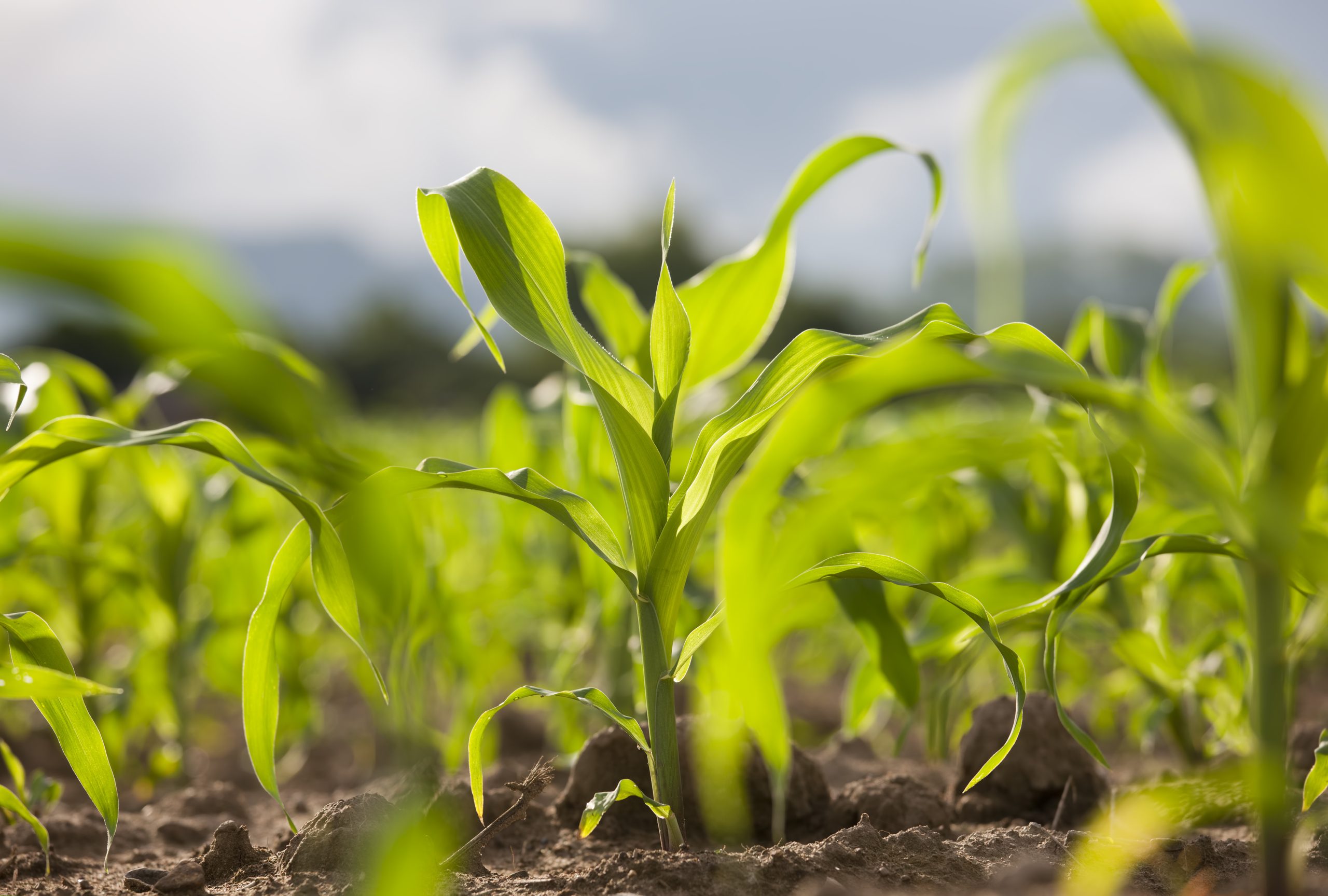Compared to last week, western Canadian yearling prices were trading $3-$5 lower; markets for calves and feeders fit for grass were unchanged to $3 lower. Alberta packers were buying fed cattle at $242 on a dressed basis, down $20-$28 from seven days earlier. The sharp drop in the fed cattle market caused feedlot operators to pull in the reins. Feeding margins are deep in red ink and will likely stay this way through the summer. The feeder market is heading into the summer doldrums and the quality of cattle is quite variable. Calf numbers are rather surprising for this time of year but yearling supplies are drying up.
Read Also

U.S. grains: Soybeans tumble on doubts over U.S.-China trade progress
Chicago Board of Trade soybean futures plummeted on Friday as trade restrictions announced by China and escalating rhetoric from U.S. President Donald Trump cooled hopes of a resolution to a standoff between Washington and Beijing.
A small group of exotic steers weighing just under 950 lbs. sold for $163 in east-central Alberta. Angus-cross medium-flesh heifers averaging 900 lbs. sold for $155 in the same region. Tan larger-frame steers averaging 800 lbs. were quoted at $192 landed in a Lethbridge-area feedlot. Pent-up demand from southern Alberta continues to underpin the yearling market. Many operations in the Lethbridge area held back on sales earlier in spring due to adverse pen conditions.
Simmental-based larger-frame steers with medium flesh averaging 755 lbs. traded for $183 in west-central Alberta. Larger-frame tan heifers averaging just over 700 lbs. sold for $180 in the Edmonton region. In southern Alberta, mixed steers averaging 650 lbs. traded for $205 while mixed steers averaging 625 lbs. traded for $180.
Look for the feeder market to remain under pressure over the next month. Usually the finishing feedlot needs to experience a few months of negative margins before the feeder market drops in line with the fed market. However, after a $28 drop in fed cattle prices this past week, buyers are going to be on the defensive. Given the year-over-year decline in U.S. corn acreage and the drought in Argentina, the feed grain complex has potential to experience a significant rally during the summer if adverse weather materializes in the Midwest. The coarse grain market is such that it cannot afford a crop problem in the U.S. otherwise, the fundamental become extremely tight.
— Jerry Klassen manages the Canadian office of Swiss-based grain trader GAP SA Grains and Produits Ltd. and is president and founder of Resilient Capital, specializing in proprietary commodity futures trading and market analysis. Jerry consults with feedlots on risk management and writes a weekly cattle market commentary. He can be reached at 204-504-8339.
















